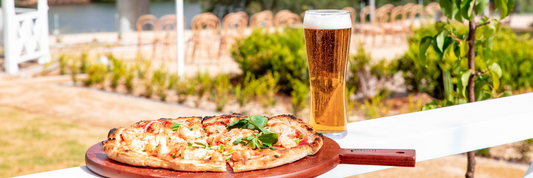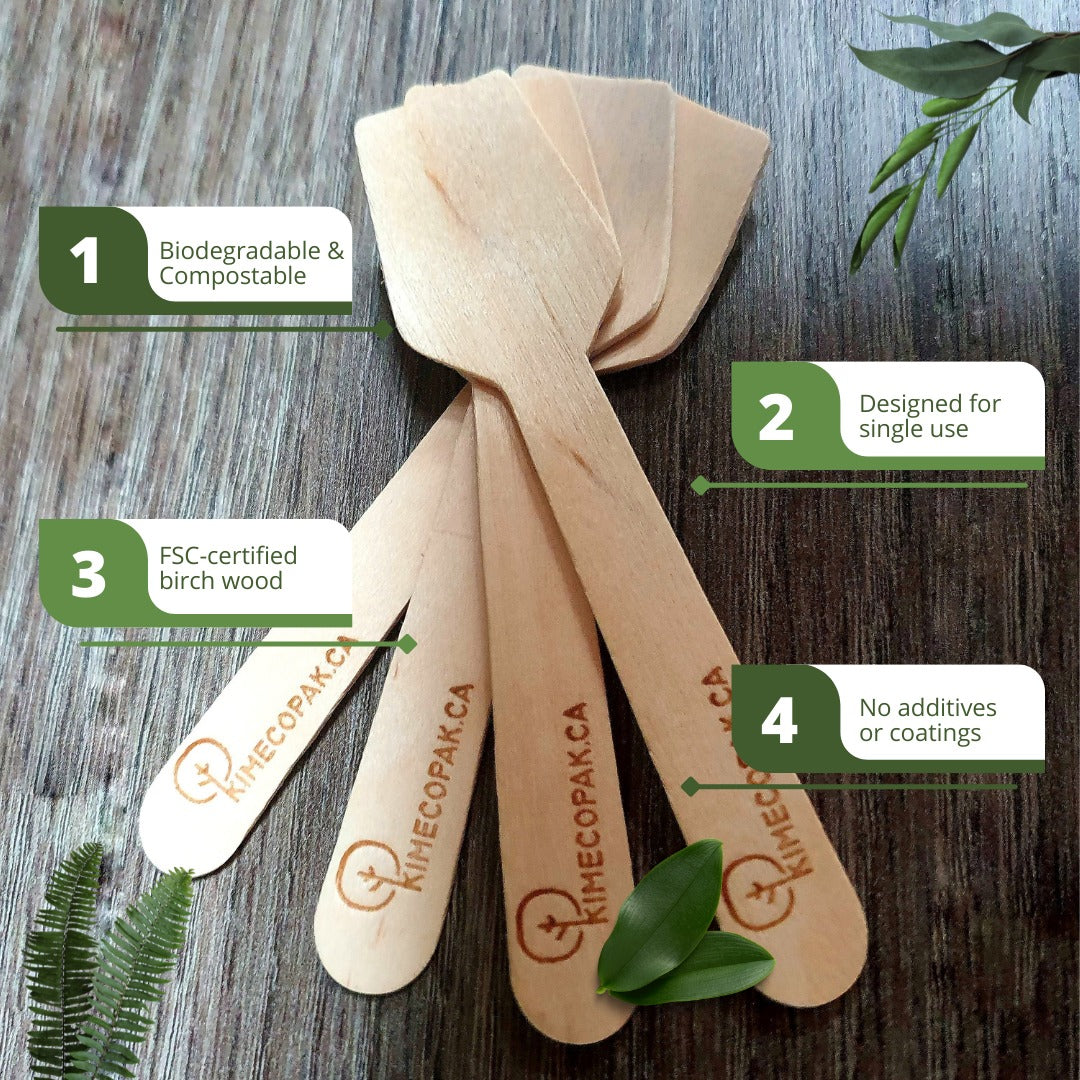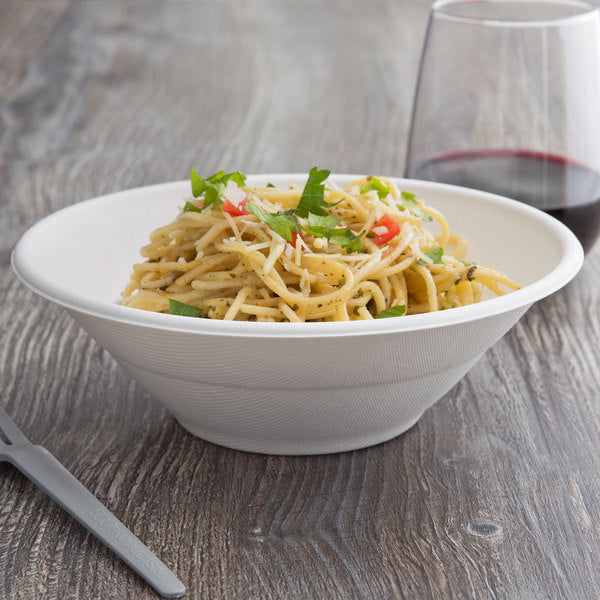Among the various types of flour, bread flour stands out for its unique properties that cater specifically to the needs of bread-making. But what exactly is bread flour, and how does it differ from all-purpose flour? In this article, we’ll explore the features of bread flour, its benefits, and how it compares to all-purpose flour. Whether you’re a home baker or a professional, understanding these differences will help you make informed choices for your baking projects.
- Semolina Flour: What Is It? Recipes Using Semolina Flour
- Guide for New Bakers: The Difference Between Creme Fraiche, Sour Cream, Mascarpone, and Cream Cheese
- Understanding 5 Mother Sauces for Chefs
Bread Flour Overview
What is Bread Flour?
Bread flour, a cornerstone of breadmaking, is a wheat flour specifically formulated for producing loaves with a robust, chewy texture. Its high protein content is essential for developing the gluten structure that imparts strength and elasticity to dough. This, in turn, enables the dough to rise effectively and hold its shape during baking.
Bread Flour Characteristics
Key Characteristics of Bread Flour:
- Protein Content: Generally containing 12-14% protein, bread flour offers a substantial supply of gluten.
- Gluten Development: The gluten in bread flour is known for its strength and elasticity, forming a network that provides the dough with its structure.
- Fine Texture: A finer texture compared to other flours contributes to a smoother, more uniform bread.
- Low Ash Content: The lower mineral content in bread flour helps optimize gluten development.
- Wide Availability: Bread flour is readily available at most grocery stores and specialty food shops.
In the next part, explores types of bread flour then go deeper to their application and replacement for bread flour.

Types of Bread Flour
Understanding the different types of bread flour is essential for selecting the right flour for your desired bread. Each type has unique characteristics that influence the texture, flavor, and overall quality of the final product.
Here are common types of bread flour:
- Hard Wheat Flour is ideal for hearty loaves like French bread, sourdough, and ciabatta. Its high protein content ensures a strong gluten structure for a chewy texture. It's perfect for artisan breadmaking that requires a robust, flavorful loaf.
- Soft Wheat Flour is best for delicate baked goods like cakes, pastries, and cookies. Its lower protein content produces a tender, crumbly texture. It's often used in combination with hard wheat flour for a balanced texture.
- Whole Wheat Flour is a nutritious choice with a nutty flavor and added fiber. It's great for whole grain bread, muffins, and pancakes.
- Unbleached Flour retains its natural color and flavor. It offers a slightly darker crust and stronger taste.
- Bleached Flour is treated for a whiter appearance and improved baking properties. It's suitable for most bread recipes but may have a slightly milder flavor.

All-purpose Flour vs. Bread Flour
Many people mistakenly believe that all-purpose flour is a type of bread flour. This section will clarify the differences between the two and help you select the right flour for your baking. Here is a comparing table of All-purpose flour vs. bread flour:
|
Feature |
All-Purpose Flour |
Bread Flour |
|
Protein Content |
Moderate (10-12%) |
High (12-14%) |
|
Gluten Development |
Good |
Excellent |
|
Best Use |
General-purpose baking, including bread |
Bread, especially hearty loaves |
|
Texture |
Varies depending on the recipe |
Chewy, robust |
|
Use |
Can be used for bread but may not produce the desired texture |
Ideal for breadmaking |
Using Bread Flour in Baking
Beyond its primary use in breadmaking, bread flour has various applications in baking. The following are the most common ways to utilize bread flour in baking.
Recipe Selection: Matching Flour to Recipe Requirements:
- Protein Content: The higher protein content of bread flour is ideal for recipes that require a strong, chewy texture, such as French bread, sourdough, and ciabatta.
- Flavor: Unbleached bread flour often has a slightly stronger flavor than bleached flour, making it a good choice for recipes that emphasize the natural taste of the bread.
- Texture: For a denser, more robust bread, bread flour is the preferred choice. If a lighter, more airy texture is desired, a combination of bread flour and all-purpose flour can be used.
Dough Preparation
- Kneading Techniques:
- Kneading develops the gluten in the flour, providing the dough with its structure and elasticity.
- A firm touch should be used to knead bread flour dough, ensuring that the gluten is well-developed.
- Kneading should continue until the dough is smooth and elastic, but not overly sticky.
- Fermentation Process:
- The dough should be allowed to rise in a warm, draft-free environment.
- The fermentation process enables the yeast to develop and the gluten to relax, resulting in a light and airy bread.
- The duration of the fermentation process can vary depending on the recipe and the desired flavor.

Baking Techniques
- Oven Temperature and Time:
- The ideal oven temperature for bread will vary depending on the recipe and the desired crust.
- Generally, a high temperature (around 400°F or 200°C) is recommended to create a crispy crust.
- The bread should be baked until it is golden brown and sounds hollow when tapped.
- Shaping Methods:
- The shaping method chosen will depend on the type of bread being made.
- Common shaping methods include boule, loaf, and baguette.
- Proper shaping is crucial for achieving a beautiful and evenly baked loaf.
Troubleshooting Common Issues
- Sticky Dough:
- If the dough is too sticky, it may be due to excessive moisture.
- Adding a small amount of flour at a time can help adjust the consistency.
- Dry Dough:
- A dry dough may be difficult to knead and may not rise properly.
- Adding a small amount of water at a time can help moisten the dough without making it sticky.
- Underbaked Bread:
- Underbaked bread will be doughy and have a pale color.
- Baking the bread for a longer time until it is fully cooked and golden brown is necessary.
- Overbaked Bread:
- Overbaked bread will be dry and have a dark crust.
- The bread should be removed from the oven when it is golden brown and sounds hollow when tapped.
So, we've seen how useful bread flour can be in baking. But what if you don't have any on hand? Let's dive into some great substitutes you can use instead.
Substitutes for Bread Flour
While bread flour is ideal for many bread recipes, there are times when a substitute may be necessary. Here are some common alternatives and their advantages and disadvantages.
All-Purpose Flour
- Pros: Widely available and versatile
- Cons: May not provide the same level of gluten development as bread flour, resulting in a less chewy texture.
Whole Wheat Flour
- Pros: Nutritious and adds a nutty flavor
- Cons: Can produce a denser, heavier bread and may require additional moisture.
Rye Flour
- Pros: Provides a distinctive flavor and adds moisture
- Cons: May require a longer fermentation time and can result in a denser bread.
Spelt Flour
- Pros: Offers a nutty flavor and a slightly higher protein content than all-purpose flour
- Cons: May require a longer fermentation time and can produce a denser bread.
Gluten-Free Flour Blends
- Pros: Suitable for individuals with gluten sensitivities or celiac disease
- Cons: May require adjustments to the recipe to achieve the desired texture and rise.
When choosing a substitute for bread flour, it's important to consider the desired texture, flavor, and nutritional profile of the final product. Experimentation may be necessary to find the best substitute for your specific needs.
Conclusion
Bread flour is a versatile ingredient crucial for producing high-quality bread. Its unique characteristics, including high protein content and excellent gluten development, contribute to the chewy, robust texture of bread. By understanding its types, uses, and techniques, you can create delicious and satisfying bread.







